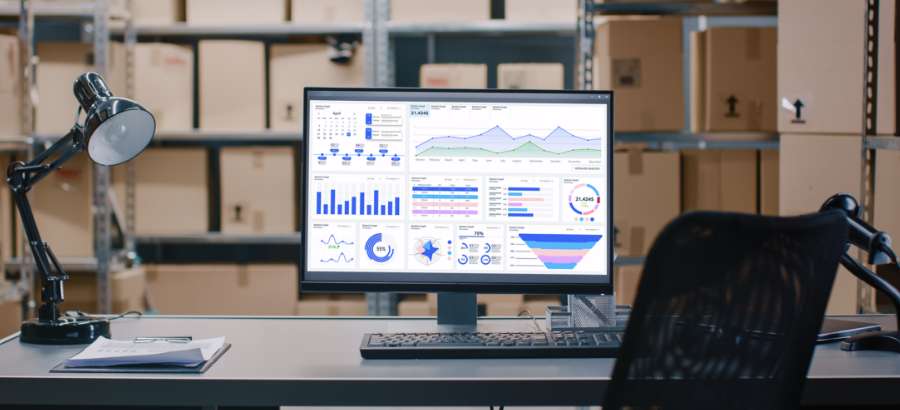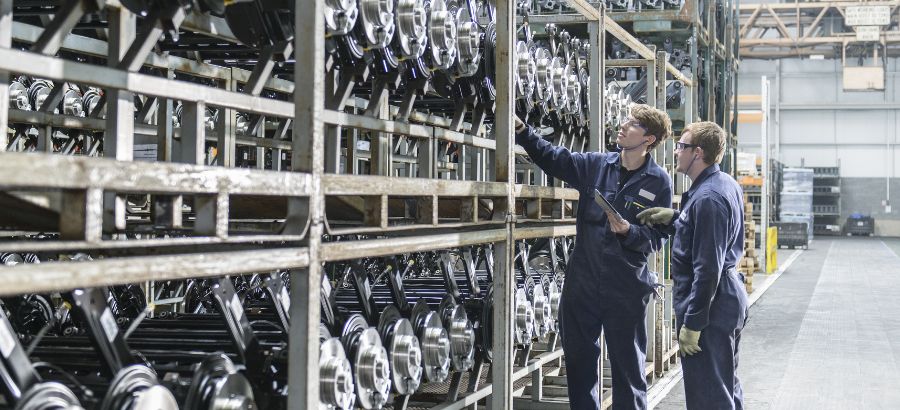Supply chain issues brought on by the pandemic have been particularly challenging for any industry and sector. To overcome these challenges, many manufacturers are bringing their operations closer to home and more literally, under one roof.
This is called vertical integration, and it occurs when the supply chain of a company is owned and operated by that company, allowing it to directly control the stages in its production cycle as opposed to outsourcing them to external contractors or third-party facilities.
Today most organisations pursue vertical integration from control, risk and flexibility standpoints. Control of resources, limiting or taking risks and flexibly changing direction quickly without the burden of commitments. Control of these three subsidiaries is intended to create a stable supply of inputs and ensure consistent quality in their final products.
The value chain consists of all businesses and individuals that play a part in the production process, from raw materials suppliers to end customers who buy finished products. Manufacturers typically occupy a space in the middle of this chain, but through vertical integration, they can extend their reach, and profits, within the value chain.
Manufacturers achieve vertical integration when they control or own elements within a value chain beyond the central manufacturing component. This can occur both upstream and downstream, moving downstream, typically include raw materials suppliers, the intermediate manufacturers who turn raw materials into usable components, the assembly phase of manufacturing, distribution networks to store and move products, and end customers who purchase and use manufactured goods. On the opposite end, forward integration happens when a company controls product distribution, aka direct-to-consumer.
This strategy allows organisations to streamline its operations by taking direct ownership of various stages of its production process rather than relying on external contractors or suppliers.
Why is vertical integration growing?
There is no doubt that data from operational machinery and enterprise systems can both influence the performance of a manufacturer. A study by Gartner suggests that manufacturers are keener than ever to begin vertically integrating enterprise and IT technologies, like enterprise resource planning (ERP) systems, sensors and the cloud, with traditional operational machinery.
Manufacturers that concentrate on one particular stage of manufacturing often miss the big picture. For instance, a manufacturer hyper-focused on the production one product may invest heavily into a process, channelling their business strategy, staffing requirements, and large capital investments toward this single process.
However, this approach would lead the manufacturer to miss larger challenges, such as improved equipment life cycles for critical production applications. When manufacturers are focused on the bigger picture, they can clearly see ways to innovate beyond immediate challenges to find opportunities for long-term solutions.
The advantages of vertically integrated production should not be ignored by manufacturers. Regardless of what their product actually is, most vertically integrated companies have a step up on the competition, because they can often offer lower-cost or higher-quality products to consumers
In this way, vertical integration can close information gaps along supply chains, ideally minimising the risk of wasteful practices and overpriced materials or suppliers. If an organisation has control over its manufacturing, minimum production amounts can become obsolete, freeing them up to move towards a more efficient model.
Finally, there is far less chance for mistakes during the manufacturing process or along the value chain, as communication isn’t spread across a wide array of suppliers and partners. Companies can create better products and experiences for their customers because adjustments can happen more quickly than with traditional supply chains.
As technology begins to bridge the gap between the islands of IT and operational systems, the advantages of vertical integration for efficiency and customisation are becoming even more obvious to manufacturers. While there are challenges in communication protocols, the technology is available to make this process easier.







